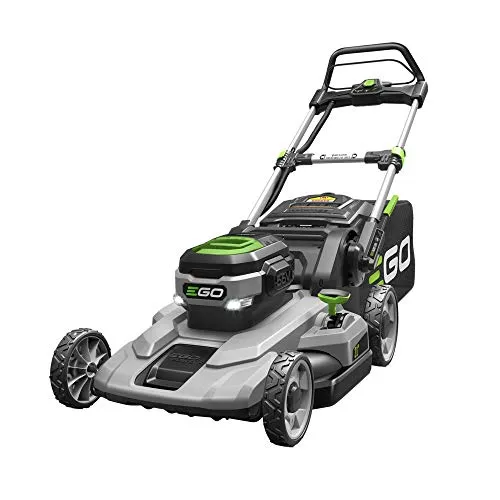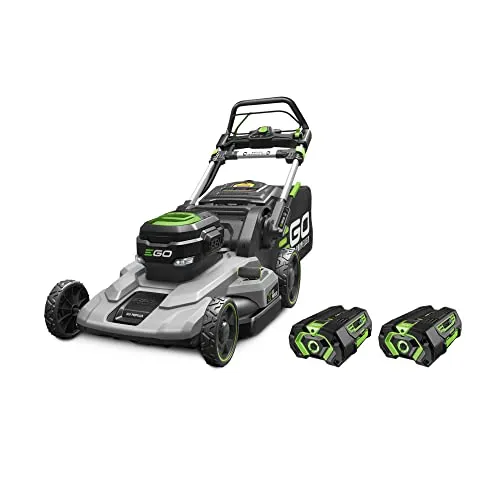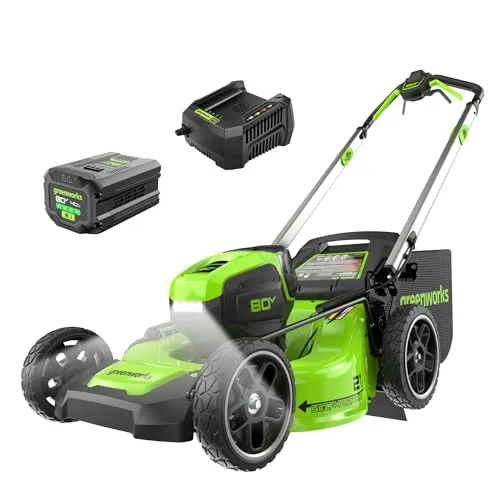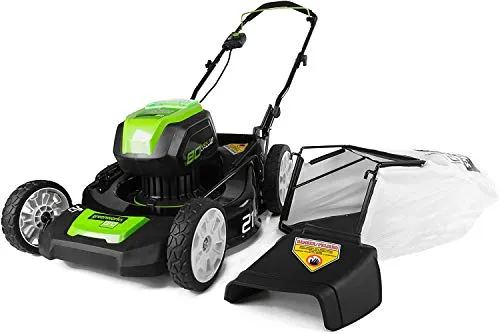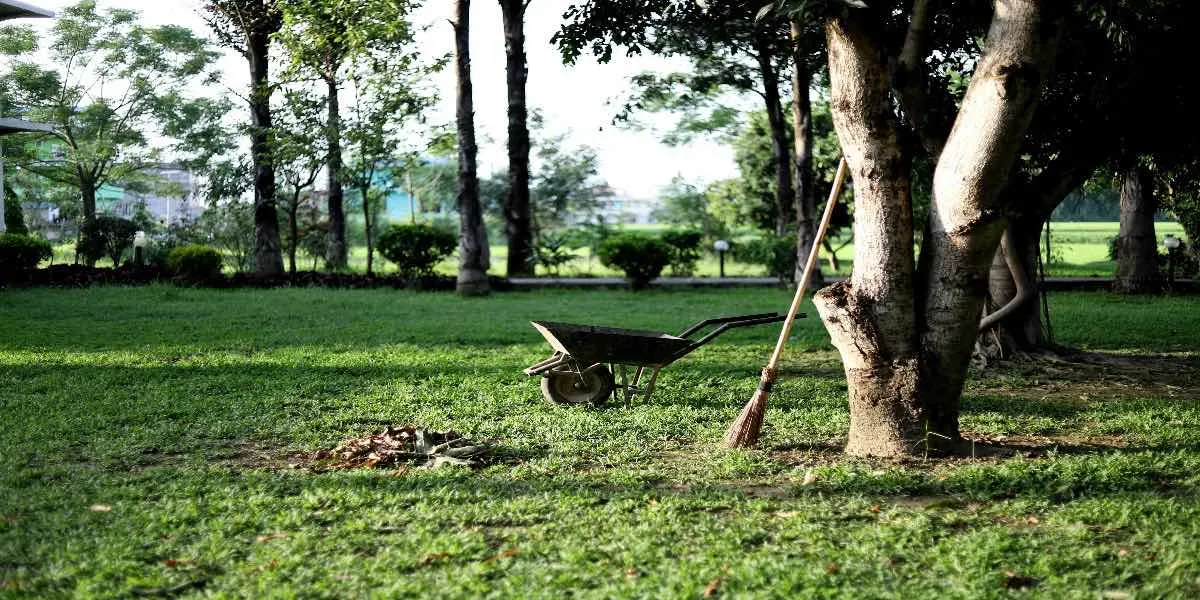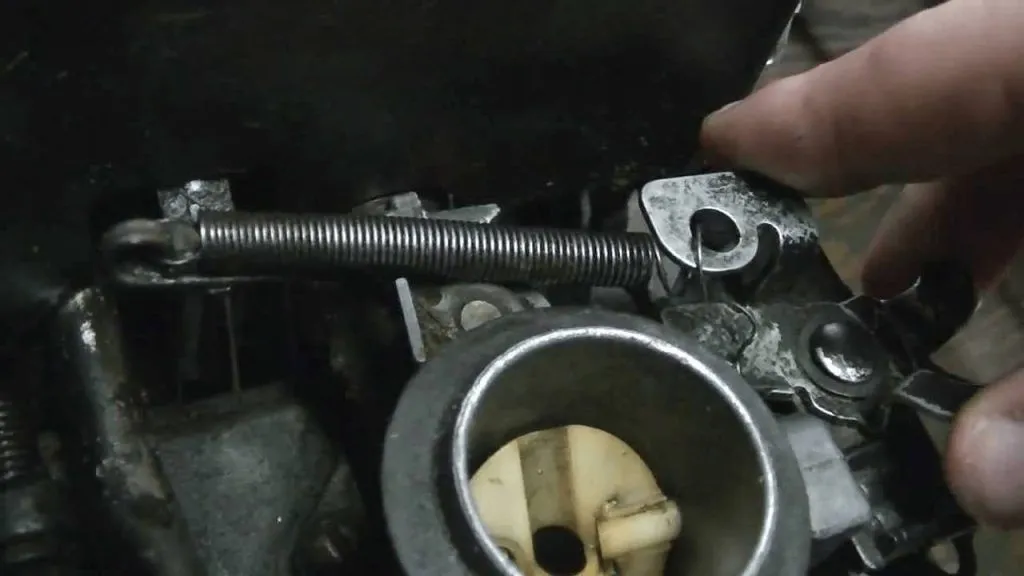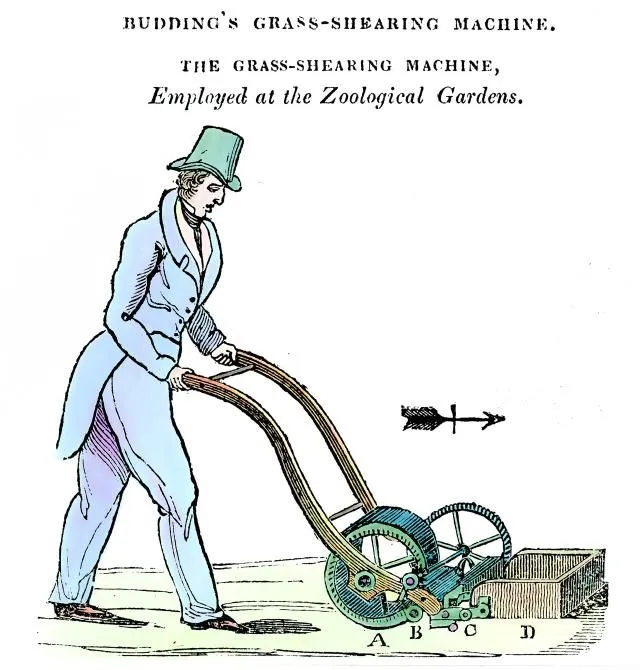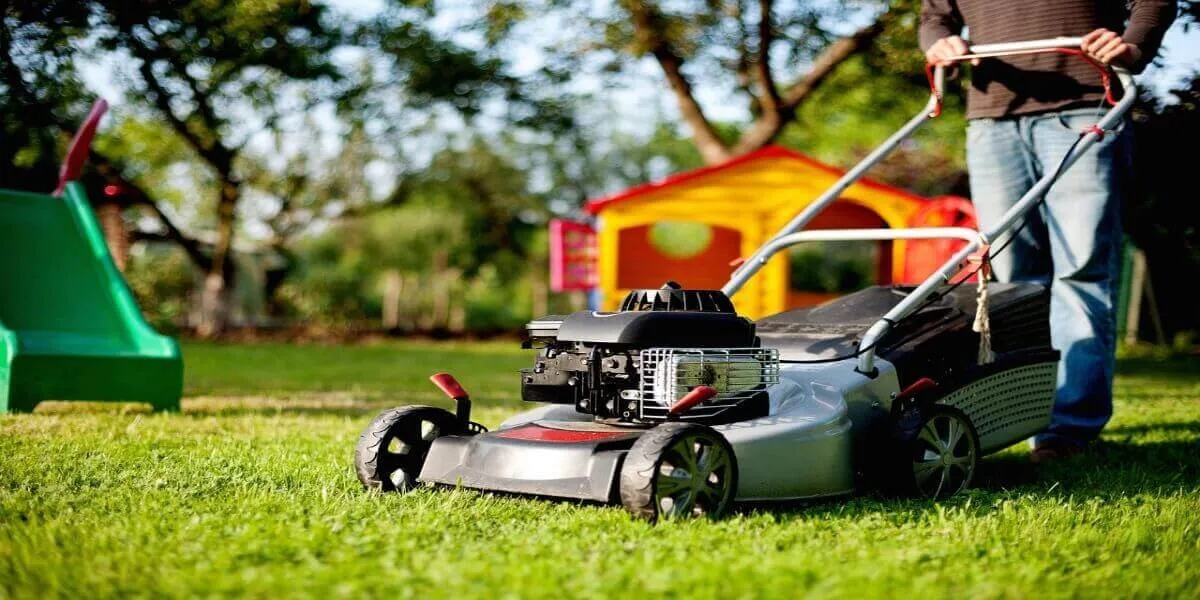Troubleshooting Common Black and Decker Electric Lawn Mower Problems

Jeffrey Tung on Mar 29, 2024
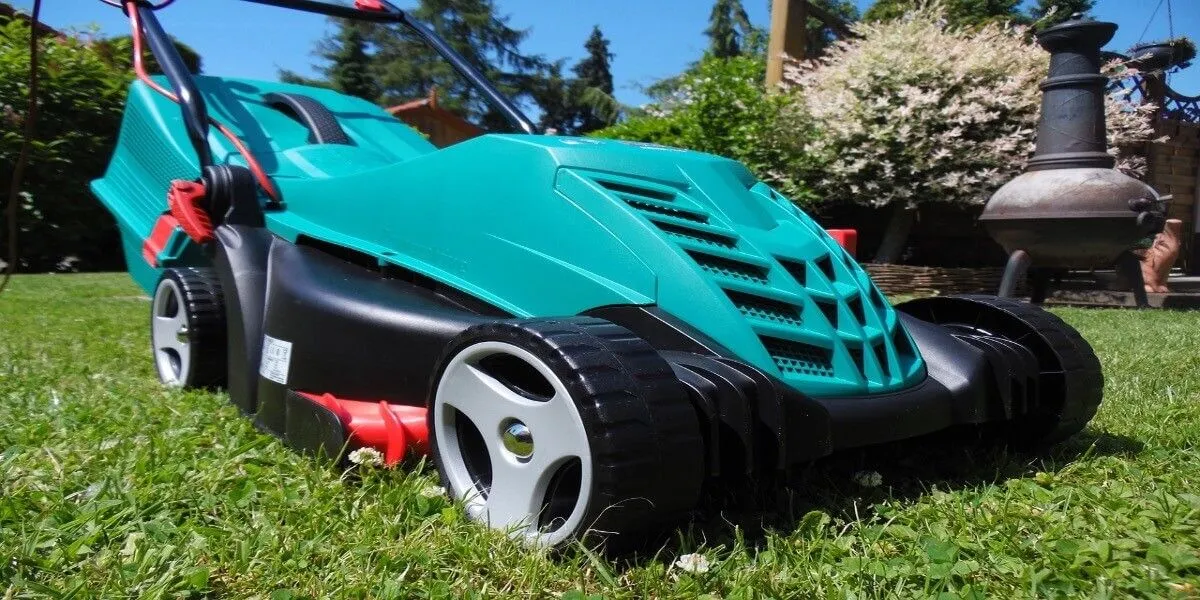
We earn affiliate commissions at no extra cost to you.
Electric lawnmowers are a popular choice for many environmentally conscious homeowners looking for a clean and efficient way to maintain and mow their lawns.
Among some of the most trusted brands in this space is Black and Decker. They are known for their series of corded electric mowers as well as portable electric drills. This brand dates back to 1910 and has since built a reputation for producing quality lawnmowers and yard care appliances.
If you own one, you should know that even the best and most reliable machines can encounter issues from time to time.
In this guide, we'll help you fix common issues faced by Black and Decker electric lawn mowers so you can quickly get back in action and mow your lawn.
Common Causes of Mower Issues and Troubleshooting Guide
1. My lawn mower won’t start.
Reason 1: Cord not plugged or mower not charged
Believe it or not, one of the most common reasons your electric mower won't start is that you forgot to plug your cord. It may seem obvious, but start by checking if the power cord is securely plugged into a functioning outlet. If you're using a cordless or battery-powered mower, ensure the battery is properly charged. Sometimes, a simple oversight like this can prevent your Black and Decker electric lawn mower from starting.
Reason 2: The safety mechanism is on
Many electric mowers are equipped with safety mechanisms to prevent accidents. These mechanisms must be disengaged for the mower to start. Check if any of the safety features are activated and disengage them before attempting to start the mower.
Reason 3: Faulty push button
The push button or start switch is a crucial component that starts the mower. Sometimes it can malfunction and stop sending electricity to the mower when pushed, preventing the device from starting. Inspect for any wear and tear. Use a multimeter to see if it's unresponsive. Replace it with a new one if it's not working.
Here's how:

- Make sure your mower is completely turned off. Locate the push button on your lawn mower. It's typically found in the handle and cased in a plastic housing.
- Remove the old push button by unfastening any screws that are keeping them in place.
- Disconnect the wires connected to the push button. Take note which wire is connected to each terminal.
- Take your new push button and install it in place of the old one, aligning it with the screw holes. Connect the wires to their corresponding terminals.
- Secure the new push button in place by reattaching any screws or fasteners holding it in place.
- Test to see if the switch is working, then reassemble any parts or covers that were removed during the replacement.
2. My electric lawn mower starts and then stalls.
Reason 1: Loose connection
A loose connection, whether it's the power cord or the battery terminals, can cause intermittent stalling issues. Carefully, check all connections and tighten any loose components. This simple step can often resolve stalling problems and restore the smooth operation of your mower.
Reason 2: Vents are clogged and the cuttings bag is full
Over time, grass clippings, dirt, and debris can accumulate in the air vents, especially if you use the mower regularly. This can obstruct airflow and cause overheating. Regularly clean them and empty the bags to remove any build-up and ensure optimal airflow. A clean ventilation system can prevent stalling and also prolong the lifespan of your device's motor.
Reason 3: Damaged cable
Sometimes, one of the common causes of stalling in your electric lawn mower is faulty power cords. Examine your cord for any signs of damage such as cuts, frays, or exposed wires. These types of damage can disrupt the flow of electricity and cause erratic behavior or stalling. If you detect any damage to your cable, immediately replace it to prevent damage and further electrical issues.
3. The mower blade won’t spin or not spinning properly.
Reason 1: Clogged blade
If your blade won't spin, one of the primary reasons is a clog. Grass and debris can accumulate around the area and prevent the blade from spinning and cutting any grass. Remove any grass clippings or obstructions you see to allow it to spin freely. Make sure to **regularly clean it **and the underside of the mower deck to prevent clogging and other potential issues.
Reason 2: Blade knocked out of alignment.
The blade can be knocked out of alignment and become loose during use. While it may spin, it will not have the same power and efficiency it once had. To fix it, start by unplugging your mower and making sure it's turned off. Place the mower on a flat stable surface and begin inspecting your blade and insulator for damage. Depending on the extent of damage, they may need to be replaced with a new one. Make sure to follow the manufacturer's instructions when buying a replacement.
Here's a video that can help.

Reason 3: Blade engagement lever malfunction.
The engagement lever is responsible for activating the device's cutting blade. If the lever is malfunctioning or stuck in the disengaged position, it's likely the mower's blade won't spin even when it's in operation. Check the lever for any signs of damage or obstruction. If the belts are damaged or worn, the mower blades won't also work. If necessary, lubricate or replace the lever and belts to restore proper function.
4. My electric lawn mower keeps blowing the circuit breaker.
Reason 1: Malfunctioning rectifier
The rectifier is responsible for converting alternating current (AC) to direct current (DC) to power the device's electrical components. If the rectifier malfunctions, it can cause electrical issues, including repeatedly tripping the breaker or blowing the fuse. Inspect the rectifier for any signs of damage and replace it if necessary to prevent further electrical problems.
Here's how:

- Turn off your mower and disconnect the battery to prevent electrical shocks during replacement.
- Locate the rectifier. It's typically found near the engine, depending on the make and model of your Black and Decker mower.
- Remove the old rectifier. Loosen any bolts and disconnect the wires attached to the terminals of the old rectifier.
- Position the new rectifier in place and align it with the mounting holes. Make sure you are using the specific model indicated in the manufacturer's manual.
- Carefully attach the wires. Take note of their position and ensure they are securely connected.
- Put a thin layer of thermal grease on the rectifier. Screw it back in, but do not overtighten.
- Use a multimeter to see if it's still shorted. If all's good turn on the mower and check for any signs of overheating or abnormal behavior.
Reason 2: Overloaded circuit
Electric mowers require a consistent power supply to operate effectively. If multiple high-powered devices are connected to the same circuit, it can overload the electrical system and cause the short circuit or the breaker to trip. To fix the problem, simply avoid connecting too many devices to the same circuit and distribute electrical loads evenly throughout your homes. Also using an extension cord can increase the risk of the breaker tripping.
5. My electric mower won’t charge.
Reason 1: Frayed cord
If your mower won't charge, check your charging cable connections. Ensure it's properly connected and there are no fraying or cuts. A frayed cord can prevent the battery from charging. If you detect any damage, replace it immediately.
Reason 2: Bad battery
Your lawn mower's battery can become faulty and lose its ability to hold a charge over time. If this happens, you'll need to replace your battery as no amount of repair can fix this. A good battery should last up to an hour before it needs to be recharged. Before replacing, try cleaning the battery terminals and the charging contacts first to see if they are blocking the connection. If cleaning doesn't improve anything, your battery needs to be replaced with a compatible replacement to solve your mower problems.
Reason 3: The plug isn’t working
Sometimes, the issue may lie with the power source rather than the mower itself. Test the outlet by plugging in another device to verify if it's functioning correctly. If the outlet is faulty and there's no power, have it repaired or replaced by a qualified electrician. Additionally, ensure the power cable is securely plugged into the outlet, as a loose connection can prevent the mower from charging properly.
When is it not worth it to repair a faulty Black and Decker electric lawn mower?
If the cost of the repairs exceeds the value of the mower or if the extent of damage is beyond your ability to fix, it may be more economical to replace the mower with a new one. Sometimes, even a repaired mower can only give you a few uses before it completely stops working. It's better to get a new replacement to prevent future lawn mower problems.
Wrapping Up
Black and Decker electrical mowers are great, but like many other appliances, they can break down and bring some issues. Knowing how to troubleshoot common issues can prevent frustrating problems and ensure your mower continues to work at its best for years. Just remember to prioritize safety and consult a professional for help.
Happy mowing!

